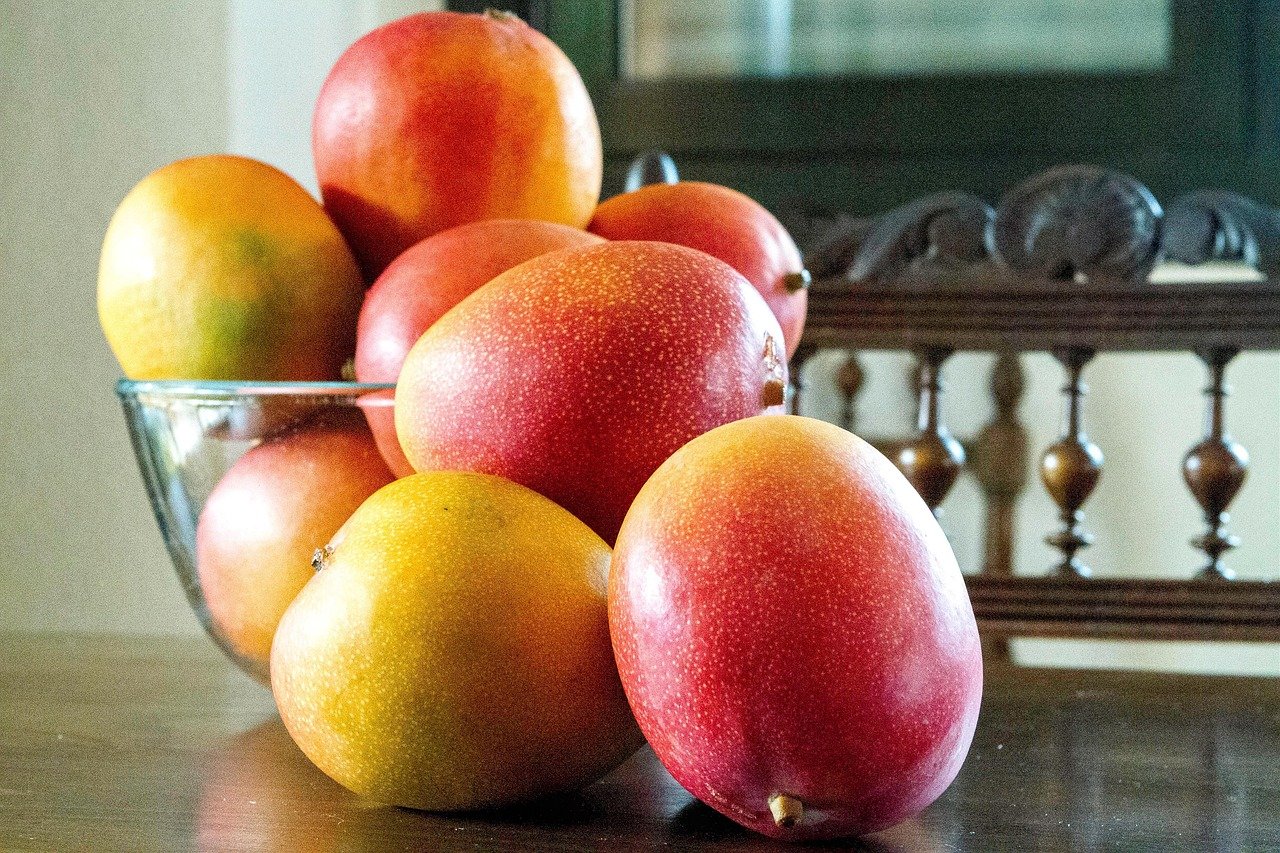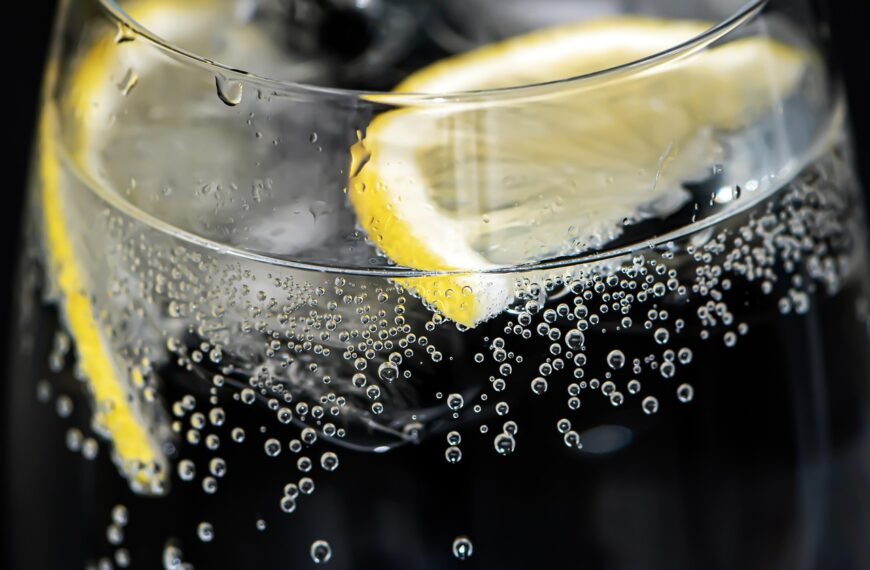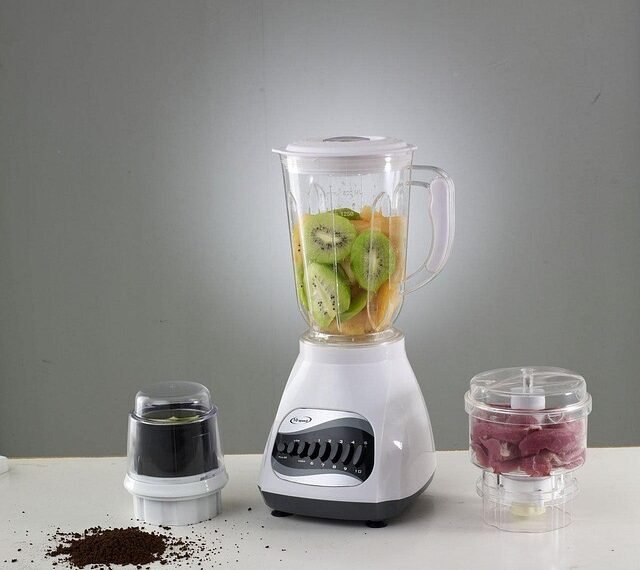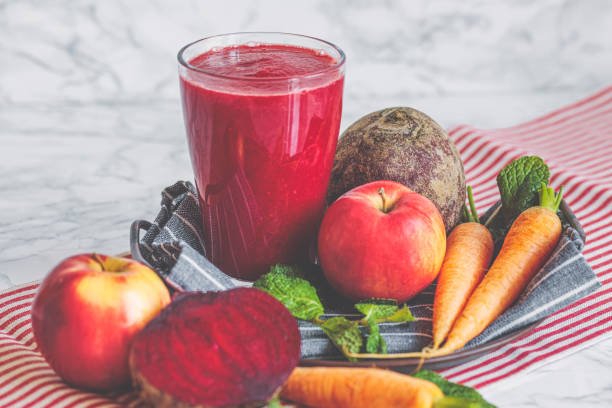Summer brings the sweet joy of mangoes, but many people worry about harmful chemicals used to ripen them. Even though using carbides for ripening is illegal in India, it still happens. But there is no need to fear anymore. Lifestyle expert Luke Coutinho has shared an easy way to check if your mangoes are safe to eat.
In a video posted on Instagram, Luke explains a simple three-setup test. First, check the mango’s skin. A naturally ripened mango usually has an even color. If you notice tiny black spots, it might be a sign of chemical treatment.
Second, do a quick touch set. A naturally ripened mango will feel firm but soft in the right way. If the mango feels too soft or squishy, it could be because of carbide ripening.
The most interesting and easy trick is the water test. Drop the mango into a bowl or jar of water. If the mango sinks, it means it has a lot of natural pulp and is likely safe. But if it floats, it could mean the fruit was ripened with harmful chemicals, making it lighter due to less pulp and more air inside.
Luke Coutinho says, “This is a simple test that anyone can do at home”. He encourages everyone, including children, parents, and senior citizens, to use this easy method to stay safe.
He ends the video with an important reminder: “Do not fear the mango; fear a poor lifestyle”. In his post, Luke also mentions that while the test is a helpful guide, it may not always be 100% accurate. A laboratory test would give full confirmation, but this home method is a good first step for everyone to start with.
With these easy checks, you can enjoy the king of fruits without worry and keep your family safe.



















